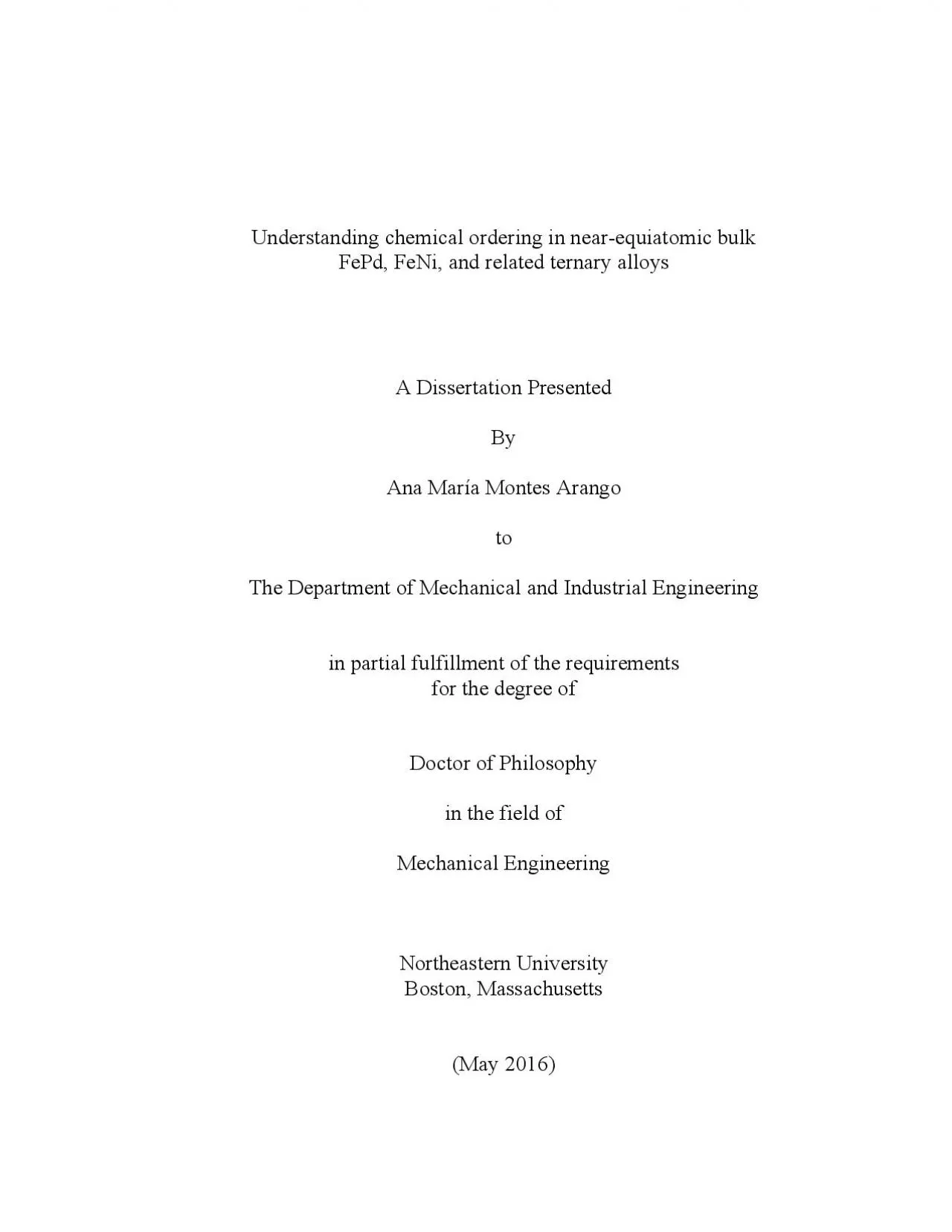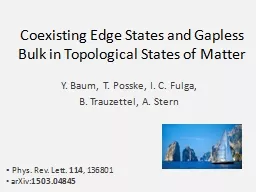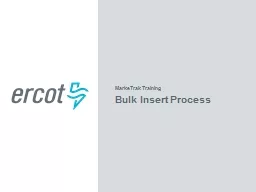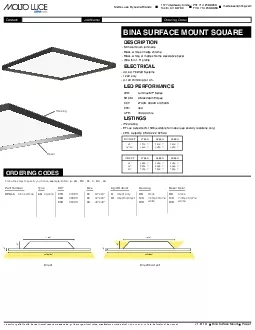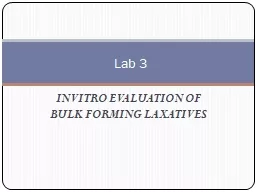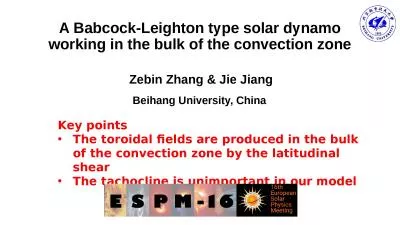PDF-Understanding chemical ordering in near-equiatomic bulk in partial fu
Author : reagan | Published Date : 2020-11-24
ACKNOWLEDGMENTS There are so many people that I would like to thank for helping me in one way or another to get to this point First I would like to thank my advisor
Presentation Embed Code
Download Presentation
Download Presentation The PPT/PDF document "Understanding chemical ordering in near-..." is the property of its rightful owner. Permission is granted to download and print the materials on this website for personal, non-commercial use only, and to display it on your personal computer provided you do not modify the materials and that you retain all copyright notices contained in the materials. By downloading content from our website, you accept the terms of this agreement.
Understanding chemical ordering in near-equiatomic bulk in partial fu: Transcript
Download Rules Of Document
"Understanding chemical ordering in near-equiatomic bulk in partial fu"The content belongs to its owner. You may download and print it for personal use, without modification, and keep all copyright notices. By downloading, you agree to these terms.
Related Documents

